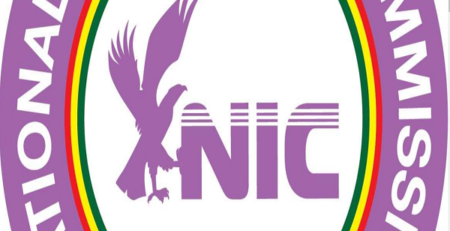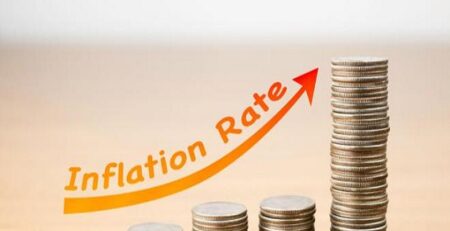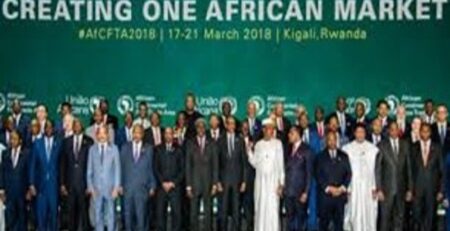Banks deny profiteering from lending rate claims
Chief Executive Officer of the Ghana Association of Banks (GAB), John Awuah, has described as ‘impossible’ the assertion that banks in the country could be benefitting from the difference between respective lending rates by borrowing at the lower rate and on-lending to the market at the higher rate, citing mechanisms put in place by the central bank to forestall such occurrences.
He said this in response to assertions by the Institute for Economic Affairs (IEA) in its commentary on the upcoming Monetary Policy Committee (MPC) of the Bank of Ghana (BoG, wherein it noted arbitrage between the Monetary Policy Rate (MPR) on the one hand, and the Treasury Bill Rate (TBR) and the Ghana Reference Rate (GRR) presented an opportunity for ‘round tripping’ – an unethical market-manipulation technique – by commercial banks.
Speaking to the B&FT prior to commencement of the Association’s 39th Annual General Meeting (AGM), Mr. Awauh, explained that the central bank vigorously assesses the activities of all banks, particularly those it lends to – making market manipulation near-impossible.
“The central bank is the lender of last resort, not just in word but in deeds. Banks are able to access funds from the Bank of Ghana only after they have exhausted all other options, including interbank lending. But much more importantly, before the BoG extends liquidity to any of the commercial banks it assesses the bank’s position in the market. If you are looking to borrow from the central bank and they see that in the secondary market you are aggressively purchasing government securities or quoting FX positions, there is no way such a bank would be able to access liquidity,” he elaborated.
But with the 91-day TBR and GRR hovering around the 30 percent (from 12.5 percent at the beginning of the year) and 26.5 percent marks respectively, and the MPR lagging by more than four percentage points at 22 percent, the IEA said the policy rate falling behind the TBR AND GRR represents a misalignment of yield curves and a distortion of money market returns.
“In fact, the situation gives room for ‘round tripping’ to the extent that commercial banks can borrow from the central bank at the cheaper (M)PR and on-lend to government at the higher TBR; or even to other borrowers in the market and profit from the transactions. Avoiding this undesirable behaviour requires a realignment of interest rates to eliminate the (M)PR-TBR and (M)PR-GRR gaps,” the public policy think-tank continued.
While a number of analysts, including the IEA, have stated that they expect the central bank to keep the MPR at 22 percent after its next meeting, the prevailing tight economic conditions could see government offer a higher rate for short-term securities.
The GRR, which was 13.9 percent at the turn of the year, could also inch up further; increasing the gap with the MPR.
Source: B&FT














Leave a Reply